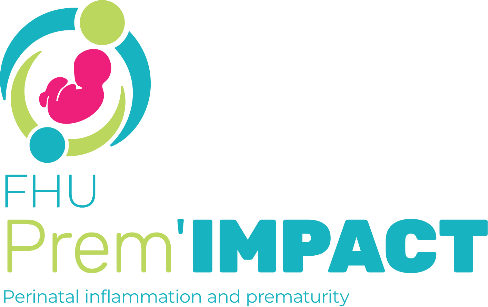Abstract
Since the beginning of the Coronavirus disease (COVID)-19 pandemic in December 2019, the severe acute respiratory syndrome coronavirus 2 (SARS-CoV-2) has been responsible for more than 600 million infections and 6.5 million deaths worldwide. Given the persistence of SARS-CoV-2 and its ability to develop new variants, the implementation of an effective and long-term herd immunity appears to be crucial to overcome the pandemic. While a vast field of research has focused on the role of humoral immunity against SARS-CoV-2, a growing body of evidence suggest that antibodies alone only confer a partial protection against infection of reinfection which could be of high importance regarding the strategic development goals (SDG) of the United Nations (UN) and in particular UN SDG3 that aims towards the realization of good health and well being on a global scale in the context of the COVID-19 pandemic.In this review, we highlight the role of humoral immunity in the host defense against SARS-CoV-2, with a focus on highly neutralizing antibodies. We summarize the results of the main clinical trials leading to an overall disappointing efficacy of convalescent plasma therapy, variable results of monoclonal neutralizing antibodies in patients with COVID-19 but outstanding results for the mRNA based vaccines against SARS-CoV-2. Finally, we advocate that beyond antibody responses, the development of a robust cellular immunity against SARS-CoV-2 after infection or vaccination is of utmost importance for promoting immune memory and limiting disease severity, especially in case of (re)-infection by variant viruses.
